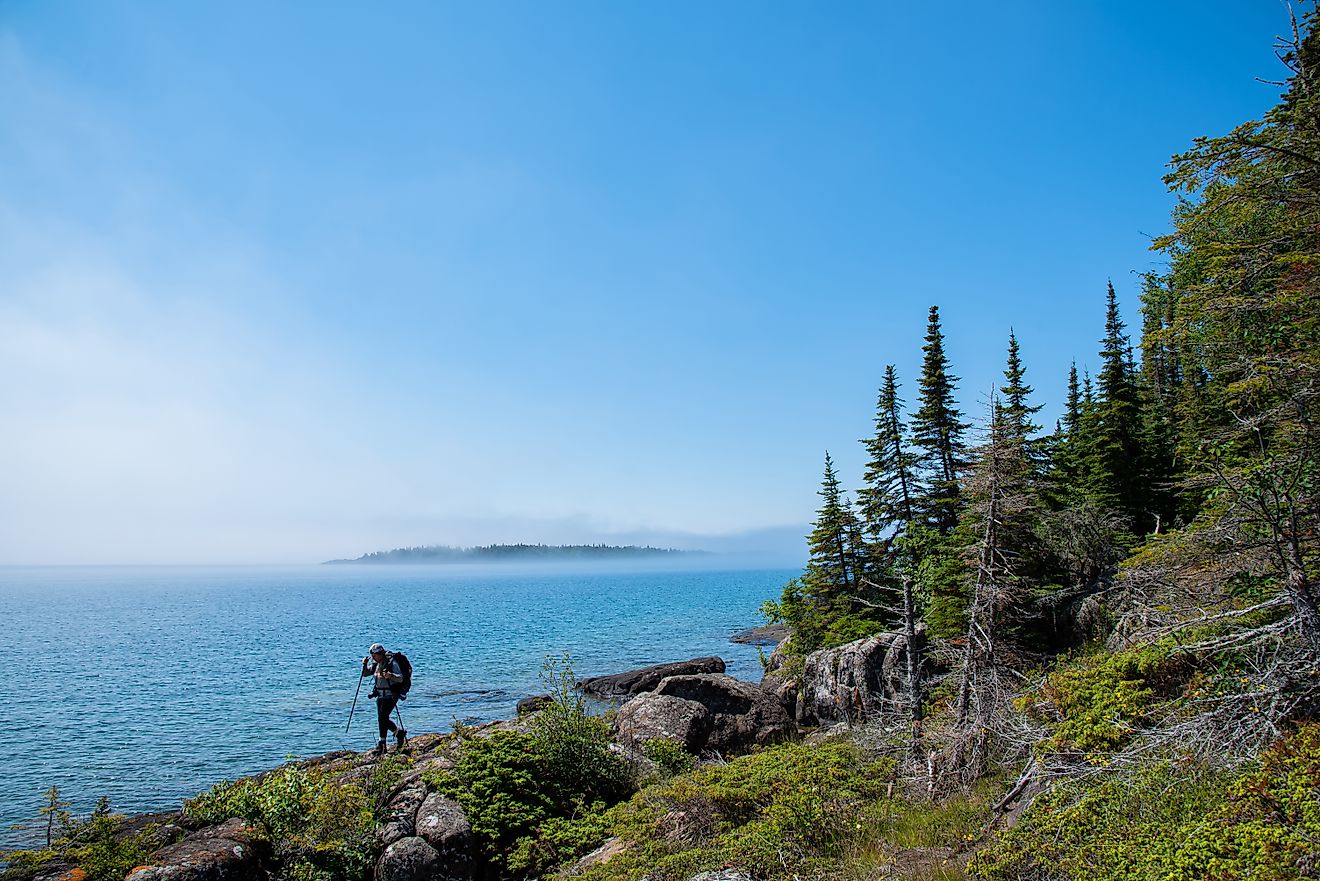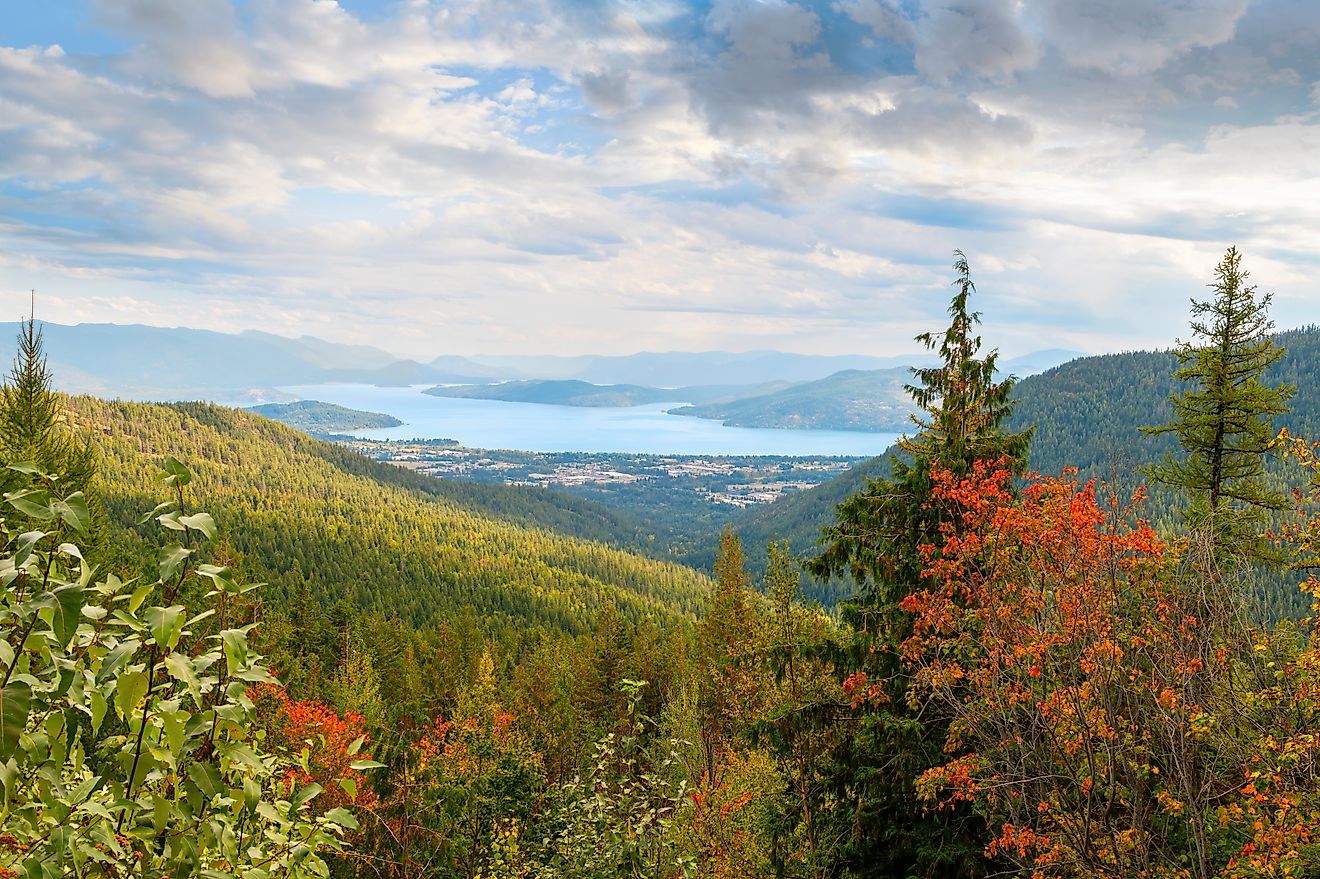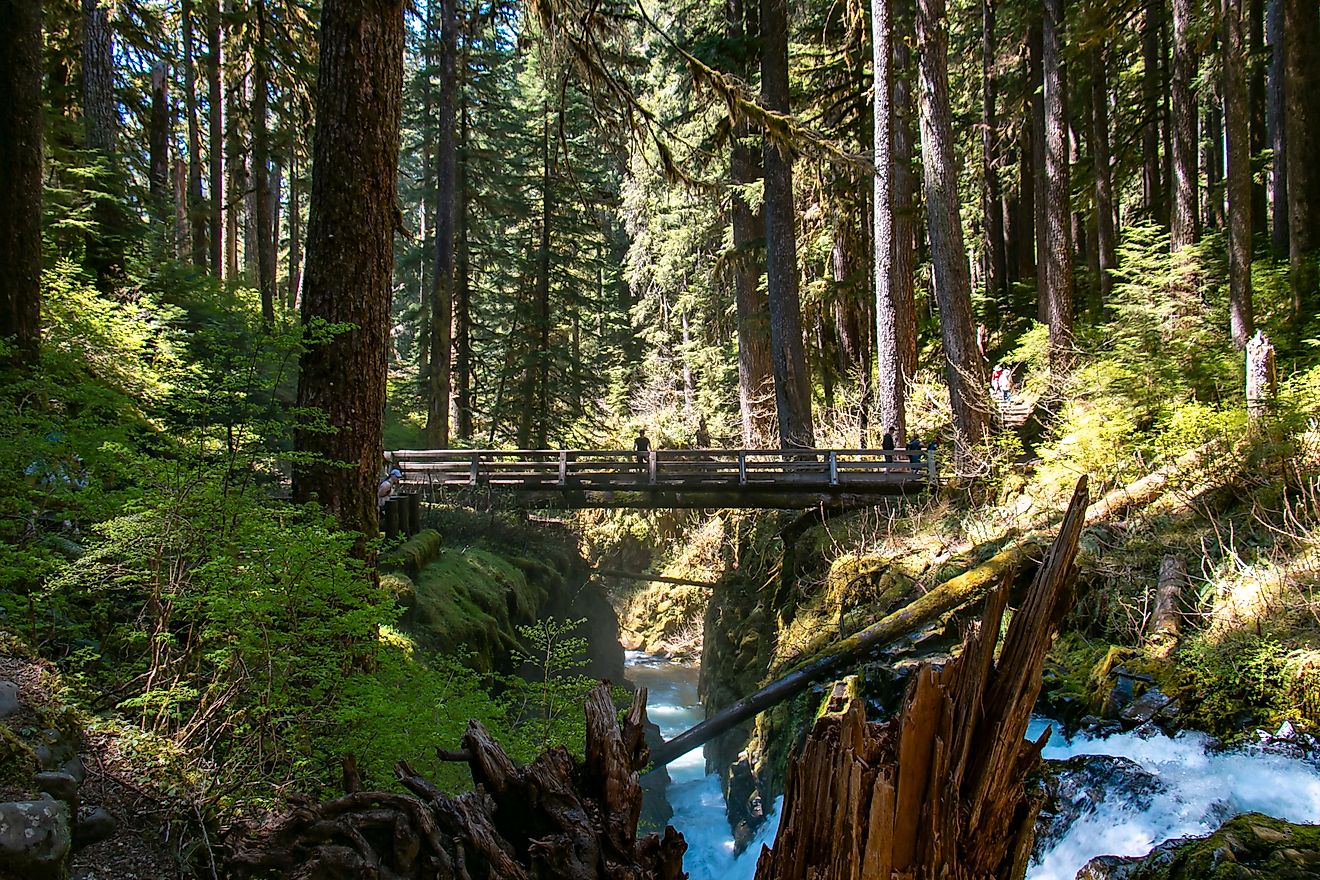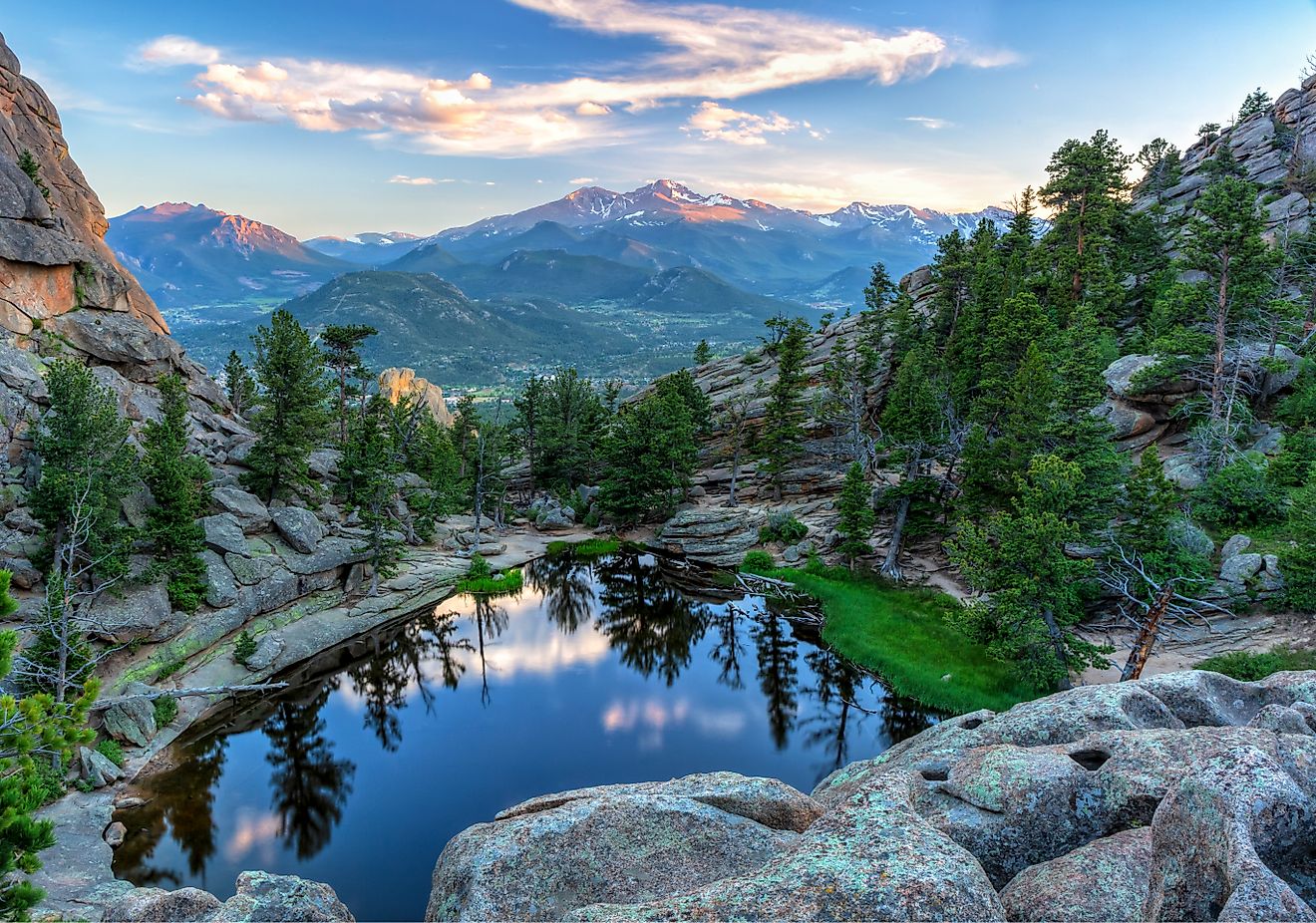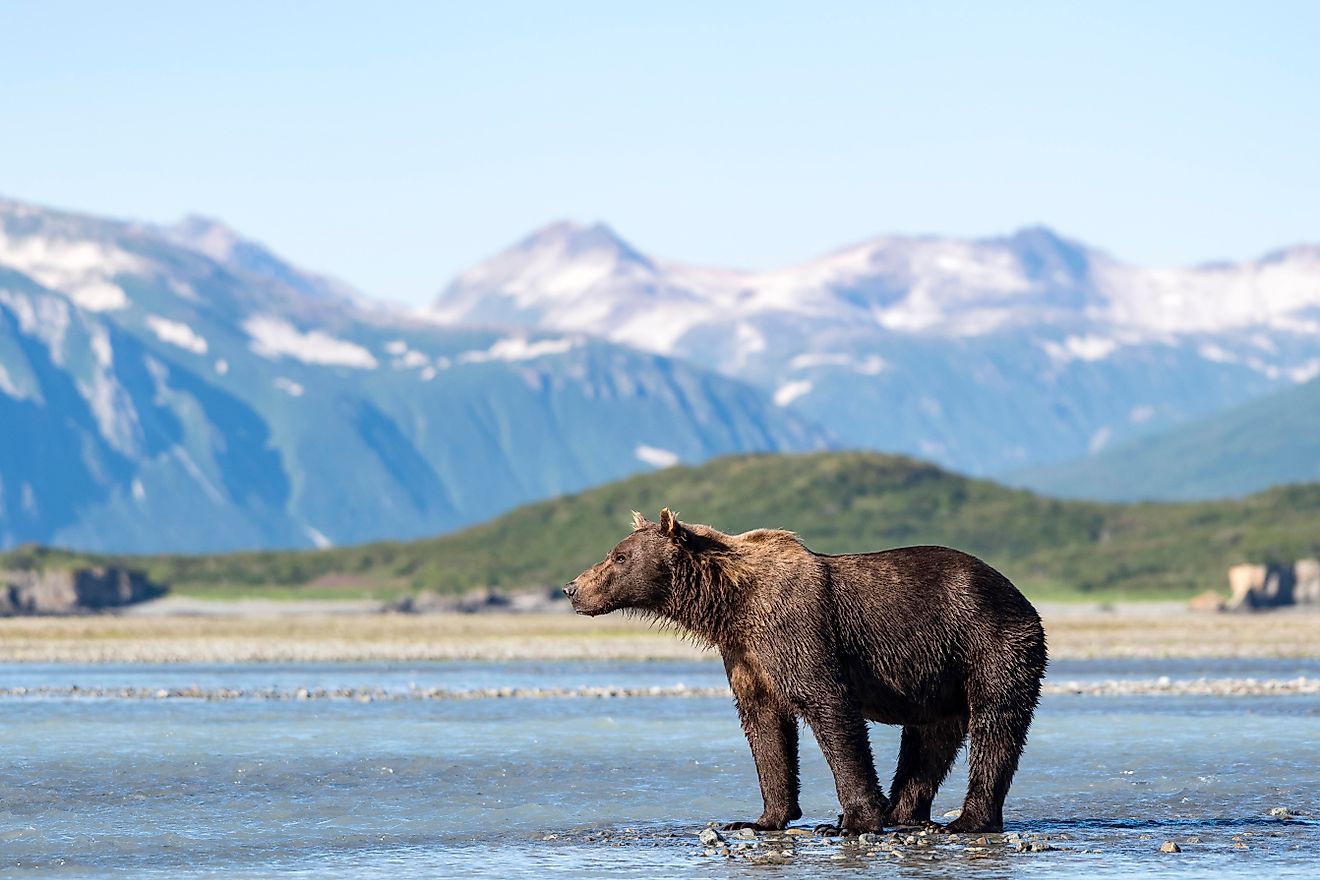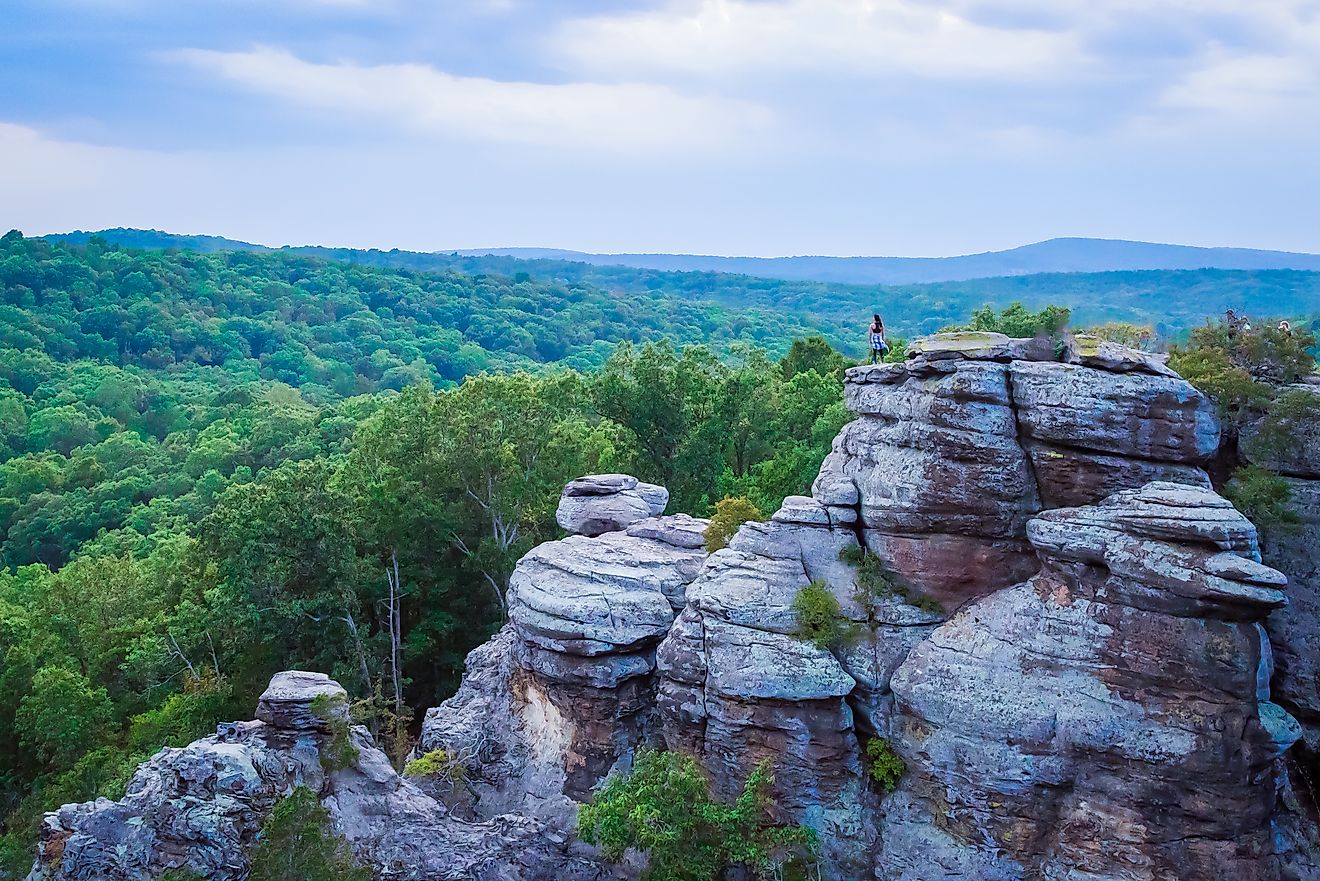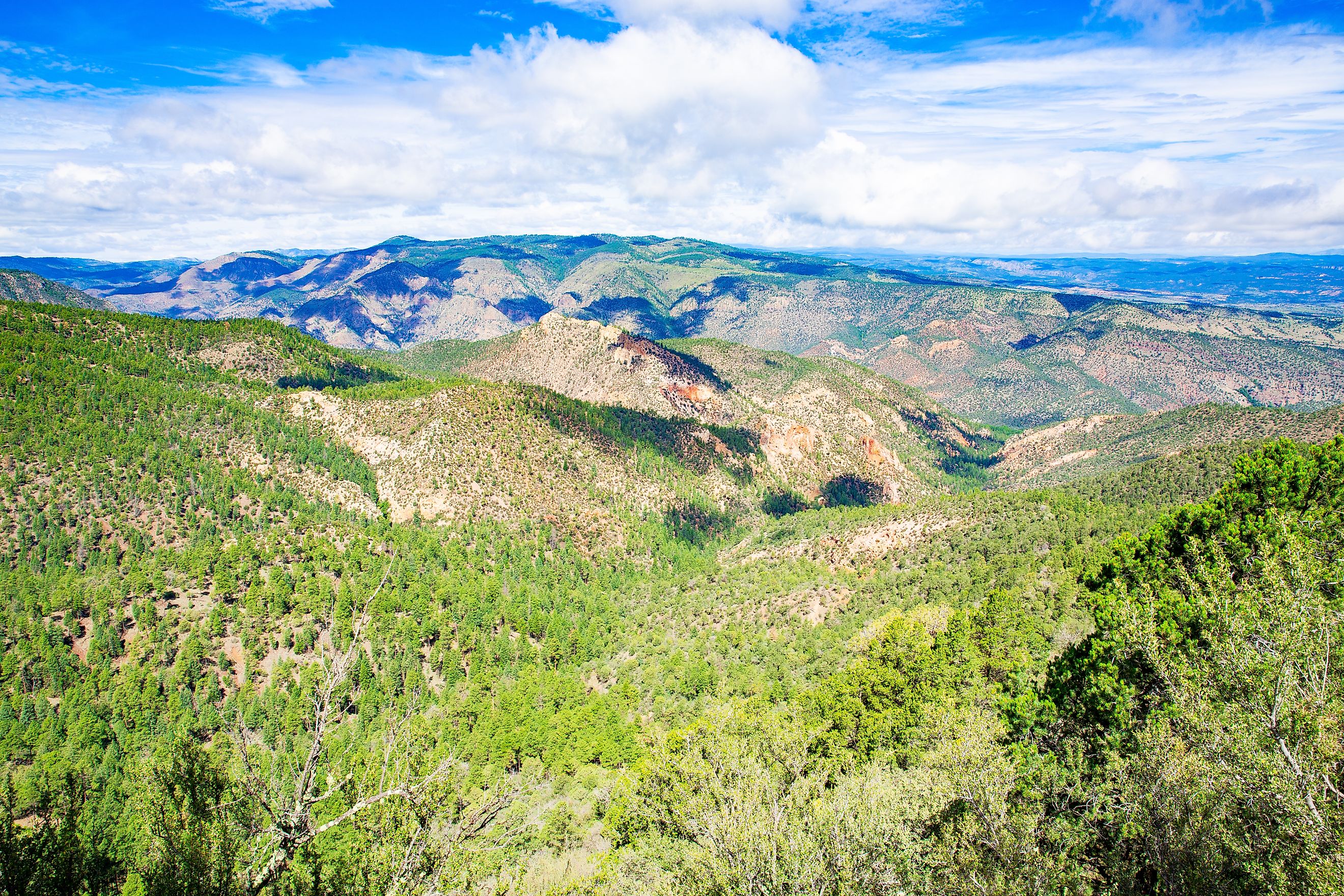
Gila National Forest
In the southwestern corner of New Mexico, the Gila National Forest stands as one of the most remote and least developed national forests in the continental United States. It spans an astonishing 3.3 million acres of wilderness, rugged mountain ranges, deep canyons, high alpine meadows, and desert lowlands. For outdoor lovers seeking solitude, adventure, and a raw connection with nature, the Gila delivers all that and more.
This vast stretch of public land isn’t just about scenic views and hiking trails—it’s a living, breathing example of the American Southwest’s incredible biodiversity and cultural history. With elevations ranging from 4,200 to 10,900 feet, the Gila encompasses four of six North American life zones and is home to one of the richest varieties of flora and fauna in the region.
A Name Rooted in History
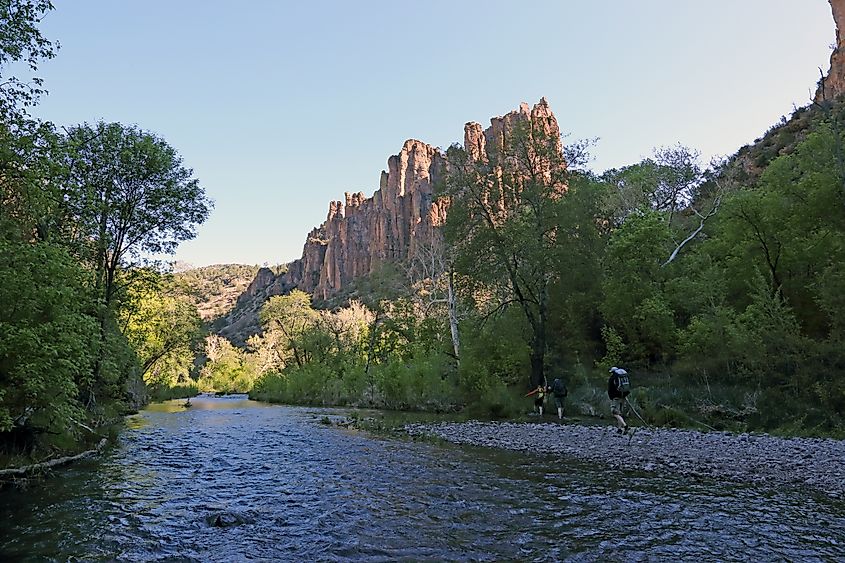
The origin of the name “Gila” traces back to the Yuma Indian word "Hah-quah-sa-eel," meaning “running water which is salty.” It’s a fitting name for a region defined by its rivers, creeks, and springs, many of which flow through rugged terrain that hasn’t changed much since Native peoples first walked here.
The region's human history includes the Mogollon and Apache tribes, as well as Spanish explorers, Mexican settlers, and American miners and ranchers. This layered past adds a depth to the landscape—every canyon, bluff, and trail tells a story.
Where Mountains Meet Desert
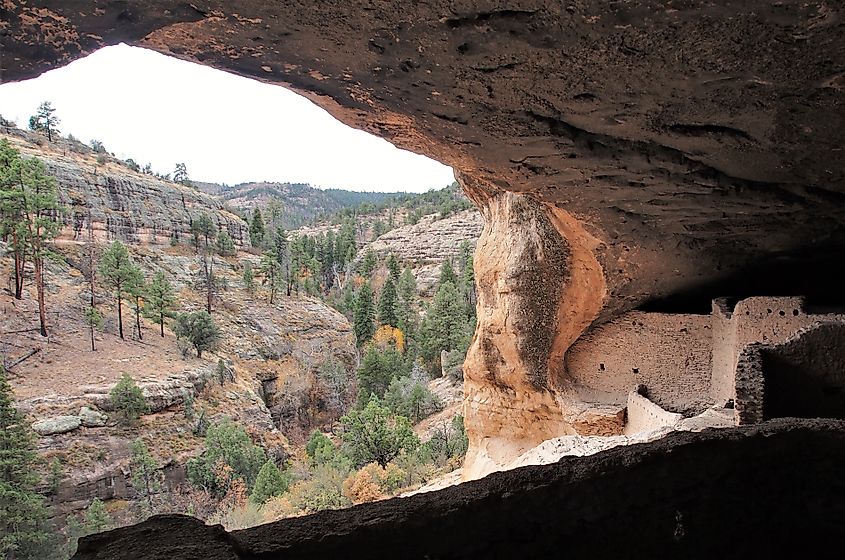
The first thing you’ll notice in the Gila is the striking diversity of the landscape. In one moment, you're surrounded by high-altitude forests of Douglas fir, aspen, and spruce, and in the next, you're winding through juniper-dotted hills and cactus-strewn canyons. This unique geography sets the stage for every kind of backcountry adventure you can imagine.
The semi-arid lowlands burst with ocotillo and prickly pear cactus, while the higher elevations bring cooler temperatures and dense stands of pine and fir. With such an elevation spread, this is a place where you can experience winter snows and warm desert sunshine—sometimes on the same day.
A Forest of Wilderness Firsts
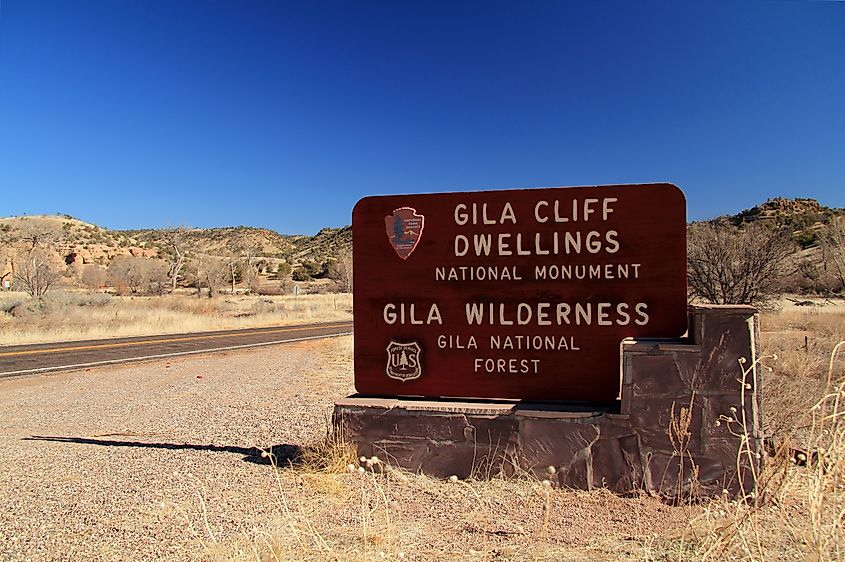
One of the most defining features of Gila National Forest is its trio of wilderness areas: The Gila Wilderness, Aldo Leopold Wilderness, and Blue Range Wilderness. Together, they account for more designated wilderness acreage than any other national forest in the Southwest.
The Gila Wilderness, designated in 1924, holds the distinction of being the first wilderness area in the United States. This monumental achievement in land preservation was spearheaded by conservationist Aldo Leopold, who recognized the importance of keeping large natural areas undeveloped and wild.
These wilderness zones offer the purest form of recreation—no roads, no motorized vehicles, just miles upon miles of backcountry trails and pure, unfiltered nature.
Wildlife Like Nowhere Else
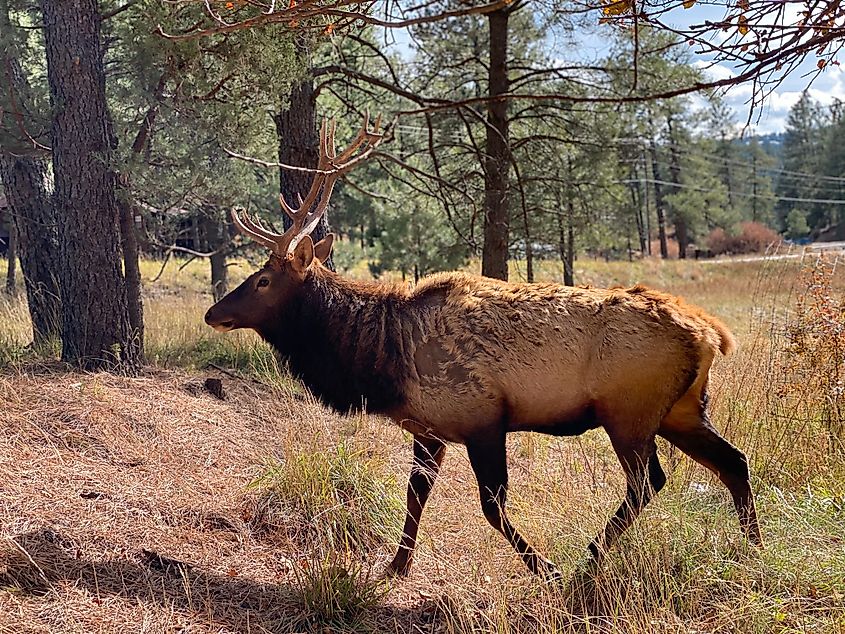
Thanks to the Gila's expansive and undisturbed terrain, wildlife here thrives in remarkable numbers. Large mammals like elk, mule deer, black bears, bighorn sheep, and even mountain lions roam freely across the forest’s valleys and ridges. Wild turkeys gobble through thickets, and keen-eyed birders will find paradise here: over 337 bird species have been recorded within the forest's boundaries.
The Gila sits along a major migratory route, making it a hotspot for birdwatching year-round. Bald eagles, red-tailed hawks, and peregrine falcons can be seen soaring high above the canyons, while songbirds and waterfowl nest and feed in the riparian zones.
Adventures for Every Season
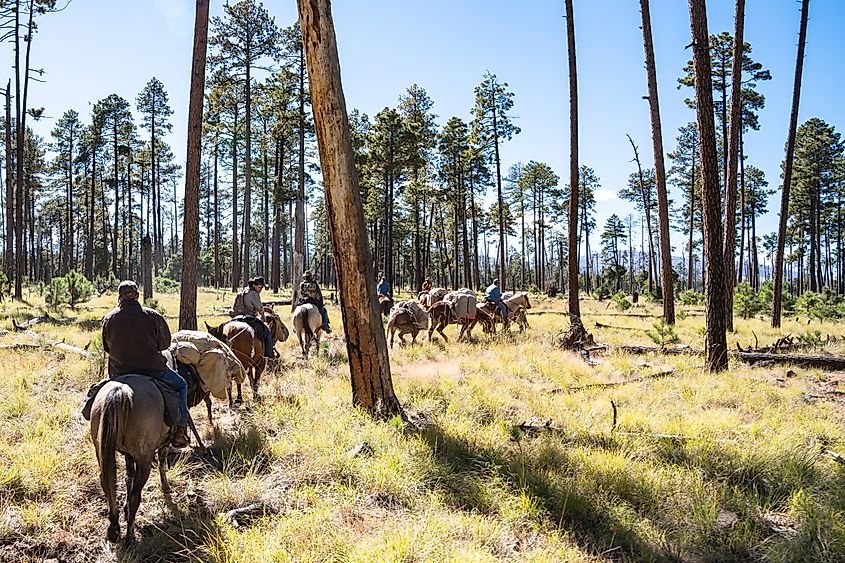
If you're seeking outdoor adventure, the Gila is your playground. In the warmer months, the forest becomes a hub for camping, hiking, mountain biking, fishing, rafting, and horseback riding. Hundreds of miles of trails lead deep into the backcountry, through canyons and up to panoramic ridgelines.
In winter, the higher elevations provide enough snowfall for cross-country skiing and snowshoeing, especially in the Whitewater Baldy and Mogollon Mountain areas. The forest’s quiet beauty in winter is breathtaking and rarely crowded.
Hot Springs and Hidden Retreats
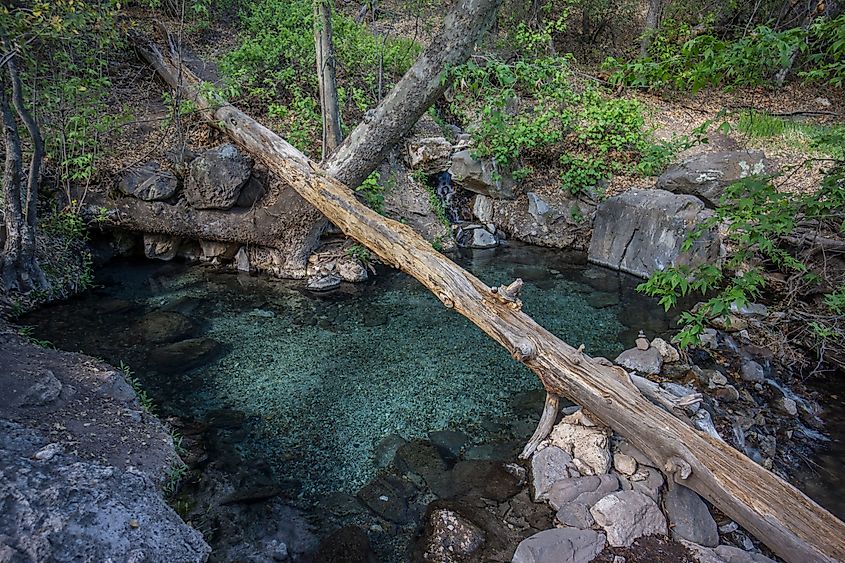
Scattered throughout the Gila are natural hot springs, many of which are accessible by hiking trails. These geothermal pools vary in temperature, size, and location, but all offer a soothing experience after a long trek. Some are nestled beside rivers and streams, adding to the relaxing atmosphere with the sound of running water.
These springs are not commercialized or heavily developed—some are little more than stone-lined pools—but that’s exactly their charm. In the Gila, nature is left to do the talking.
Scenic Byways and Driving Tours
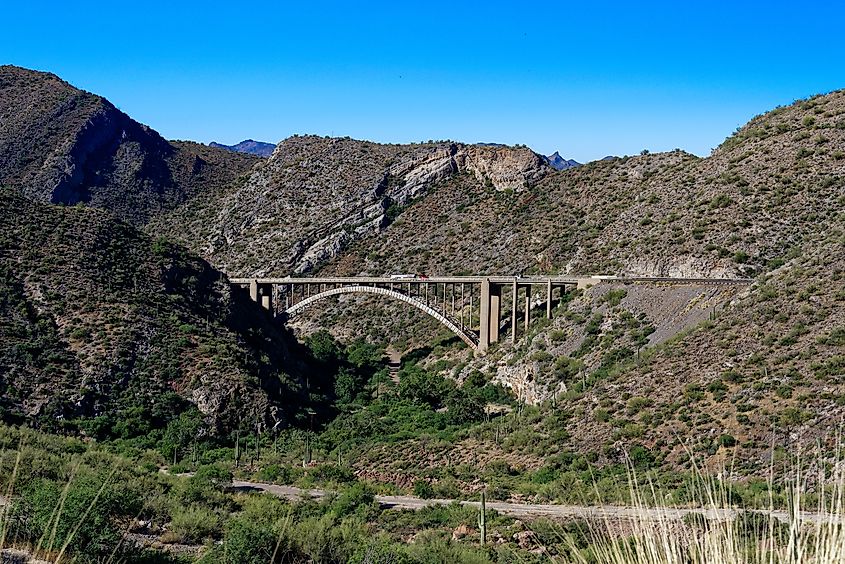
Though much of the forest is rugged and remote, there are still options for those who prefer to explore by car. Several Scenic Byways cut through the forest, offering dramatic views of cliffs, river valleys, and forested slopes. These routes are especially stunning in the fall, when aspens and cottonwoods turn gold and orange against the deep greens of pine and fir.
One popular route is the Trail of the Mountain Spirits Scenic Byway, which winds through some of the most historically rich and visually stunning parts of the Gila.
Gila Cliff Dwellings National Monument
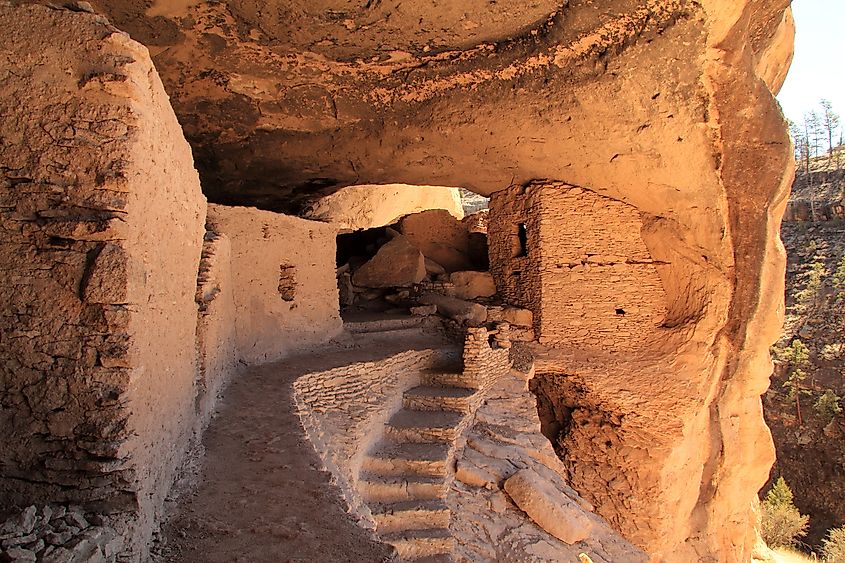
One of the forest’s most iconic attractions is the Gila Cliff Dwellings National Monument. Dating back to the late 1200s, these ancient dwellings were built into the sides of caves by the Mogollon people. Archeologists have identified 46 rooms built within five caves in a narrow side canyon of the Gila River.
Visitors can hike to the dwellings and imagine what life was like more than 700 years ago. The trailhead also connects to five other scenic trails, making the site a perfect jumping-off point for further exploration.
At the monument's visitor center, you’ll find exhibits that detail the daily lives, tools, and traditions of the Mogollon people who once lived here. The area’s preservation offers a rare and intimate glimpse into pre-Columbian life in the American Southwest.
Quemado Lake Recreation Area
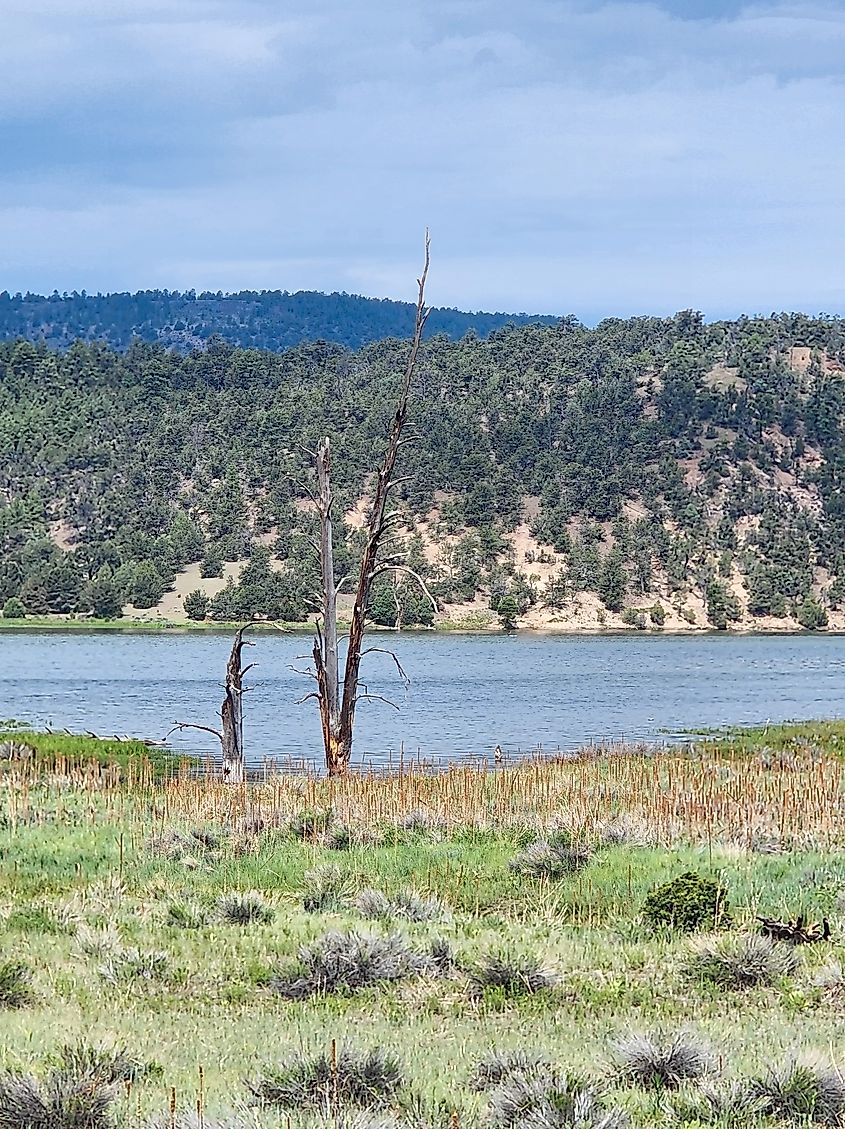
If you’re looking for water-based recreation, Quemado Lake is a hidden gem. This man-made lake, surrounded by piñon-juniper woodlands and ponderosa pines, is located at an elevation of 7,860 feet. It features two ADA-accessible fishing piers, two boat ramps, and several campgrounds—both primitive and developed.
The lake is regularly stocked with trout and offers quiet beauty for fishing, kayaking, and simply relaxing on the shore. A network of nearby hiking trails extends the adventure beyond the water.
Plan Your Visit to Gila National Forest
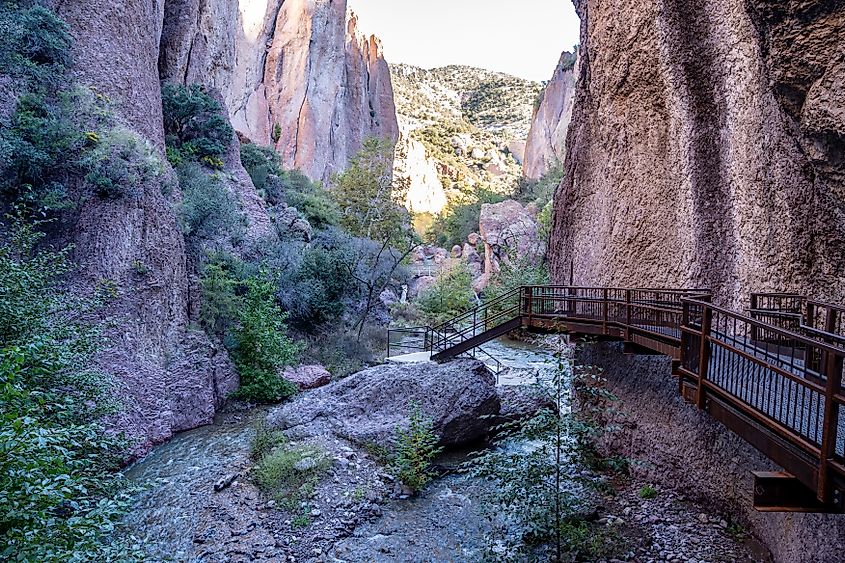
Visiting Gila National Forest is an opportunity to disconnect and immerse yourself in one of the most ecologically and historically rich regions in the West. Whether you're an avid backpacker looking to vanish into the wilderness or a road-tripper seeking scenic drives and ancient ruins, the Gila welcomes you.
Key Travel Tips:
-
Campgrounds range from primitive sites to developed areas with basic amenities. Be sure to check availability and conditions before visiting.
-
If you're planning to hike into wilderness areas, come prepared with maps and supplies. Cell service is often nonexistent.
-
Hot springs are fragile environments. Treat them with respect and follow Leave No Trace principles.
-
For birdwatchers, don’t forget binoculars and a copy of the forest's downloadable bird checklist.
The Gila isn’t polished or overly curated. Its trails are rugged, its paths are wild, and its silence is profound. That’s what makes it unforgettable.
